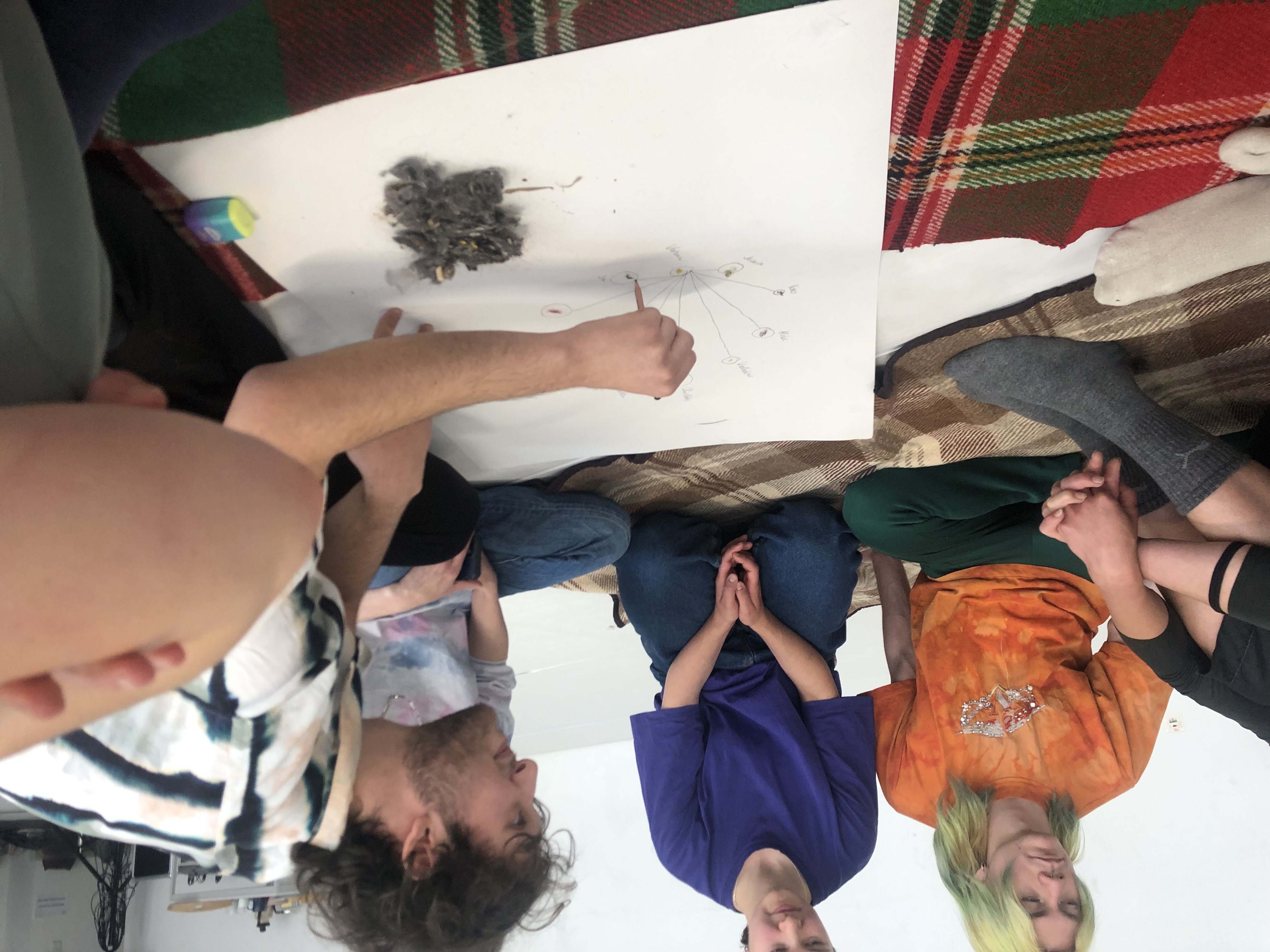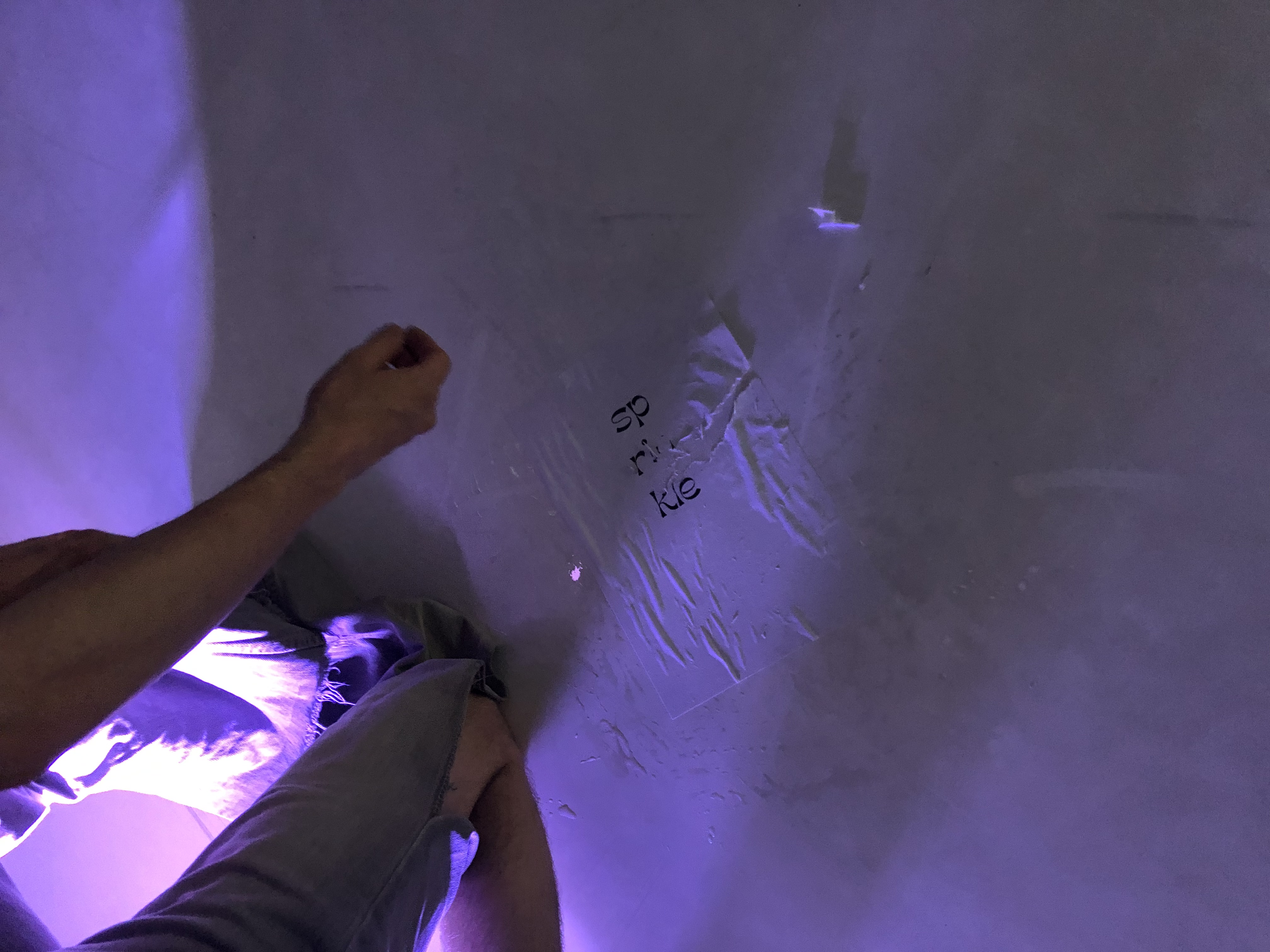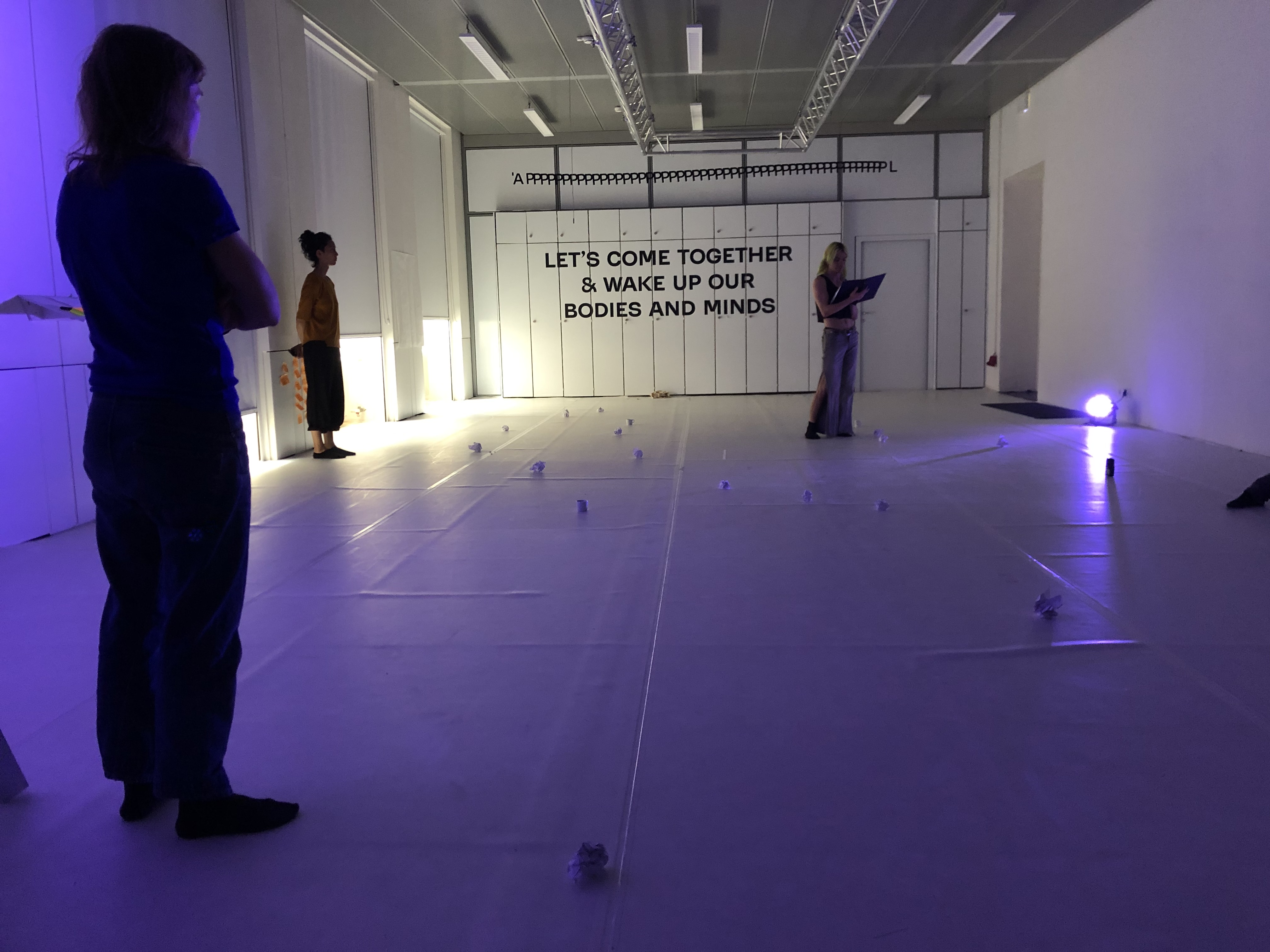How We Ought To Be Together
Vienna
2023
Funded research project at University of Applied Arts (Angewandte) through a collaboration between APL - Angewandte Performance Laboratory, HUFAK and the INTRA research project 'Archive in Practice’.
Project Lead: Charlotta Ruth, PhD and Timothy Nouzak
In collaboration with: Performatorium (Olivia Jaques and Marlies Surtmann), Mariella Greil, PhD and Jasmin Schaitl
Invited HOWTBT Artist Projects: Charlotte Bastam & Verena Frauenlob, Valentino Skarwan & Su Huber, Aleksandar Gabrovsky & Kaloyan Vasev and Shahrzad Nazarpour & Mortezad Mohammadi
Photo Documentation: Marlies Surtmann
Supported by: APL - Angewandte Performance Laboratory, HUFAK and the INTRA research project 'Archive in Practice’
„How We Ought To Be Together“ (HOWTBT) was driven by the overarching goal of rethinking university politics and student engagement through the perspective of socially-engaged practice.
The project incorporated a combination of artistic and scientific methodologies through embodied communication design and feedback practice by exploring alternative cultures of participation, fostering collective decision-making processes and creating an inclusive and empowering environment within and beyond the university. One of the goals was to provide adequate project funding for each of the invited HOWTBT artists. Additionally, the project sought to integrate embodied feedback practices, drawing on the expertise of PhD researcher Jasmin Schaitl, who developed a specific vocabulary of feedback practice modalities tailored to the individual embodied needs of groups
Embodied communication design formed a thereby fundamental pillar of the HOWTBT project. By emphasizing the use of the body as a powerful tool for expression and connection, participants were encouraged to explore the intersections between art, communication, and social change. This approach allowed for a deeper engagement with diverse perspectives and facilitated the development of projects that resonated on a sensory and affective level. Through embodied communication design, participants aimed to refelect on traditional forms of communication, by inviting dialogue and reflection that extended beyond mere intellectual understanding.


1. Impact on Decision-Making and Feedback Culture
The project had a strong emphasis on collective input by establishing an inclusive feedback culture. Collaborating with APL, HUFAK, and the INTRA project 'Archive in Practice' provided a trans-disciplinary framework for developing and integrating feedback methodologies tailored to the specific needs of the invited HOWTBT artist projects. By co-creating a vocabulary of feedback practice modalities, participants by engaging in meaningful exchanges that respected their individual embodied experiences and perspectives.






2. Development of Open Call rooted in Embodied Communication and Social Engagement Practice
After the acquiring the necessary research funds, the next step was to decide on how to formulate the open call. The initial formulation of the open call seemed relatively straightforward:
The project wanted to create an opportunity for interested students in the summer semester of 2023, to apply for a mentoring on their socially engaged practice project. However, we soon encountered challenges in articulating the context of "socially engaged practice" within the limitations of a short 2-3 sentence format. It is not easy to define precisely what socially engaged practice might encompass, as it can vary from a wide range of approaches. To address this, we began formulating research focus questions for the HOWTBT artists to further refelct on. The questions aimed to probe the nature of the artists work and its connection to the idea of socially engaged practice. They were designed to explore whether the work was interpersonal, engaged with societal or everyday politics, utilized space as a site for exchange and reactions, involved spending time with others to transfer ideas, and passed on agency within the work.
The project received a large number of interesting proposals for the open call, which not only highlighted the significance of socially engaged art practices in these uncertain times but also underscored the importance of independent, artistic student work across our diverse institutes. The response was overwhelming, with more than 40 projects submitted. As co-coordinators Charlotta Ruth and Timothy Nouzak faced the challenging task of shortlisting 25 projects for further jury discussion.
The HOWTBT project exhibits several strengths, including the integration of the grassroots consent principles through the idea of sociocractic practice which promotes inclusive decision-making processes by empowering participants. The project benefits from the creativity of the HOWTBT artists, a safe framework for questioning and the dialogic potential with mentors. Clear goals, values, and a strong network of collaborators further contributed to its realization. However, reflecting on weaknesses, one has to note the need for increased awareness and understanding of the sociocratic consent principle within the university context and the challenge of limited funding resources. Improving the project's relationship with socially engaged practice and advocating for dedicated funding categories is thereby essential. Further challenges were the novelty of the framework, the need for explanation and dissemination efforts and the strong necessity in order to grow to find further institutional partners. It also recognizes opportunities for the project, such as revisiting university structures, engaging dedicated students, expanding interdisciplinary collaborations, and leveraging APL's role as a bridge between the free performing arts scene and the internal university structure.
By leveraging its strengths and opportunities while addressing weaknesses and mitigating threats, the HOWTBT project has had the potential to make a impact, by revisiting university structures, promoting a grassroots approach thus fosteringan an inclusive, empowering, and transformative environment within the university and beyond.
The HOWTBT project exhibits several strengths, including the integration of the grassroots consent principles through the idea of sociocractic practice which promotes inclusive decision-making processes by empowering participants. The project benefits from the creativity of the HOWTBT artists, a safe framework for questioning and the dialogic potential with mentors. Clear goals, values, and a strong network of collaborators further contributed to its realization. However, reflecting on weaknesses, one has to note the need for increased awareness and understanding of the sociocratic consent principle within the university context and the challenge of limited funding resources. Improving the project's relationship with socially engaged practice and advocating for dedicated funding categories is thereby essential. Further challenges were the novelty of the framework, the need for explanation and dissemination efforts and the strong necessity in order to grow to find further institutional partners. It also recognizes opportunities for the project, such as revisiting university structures, engaging dedicated students, expanding interdisciplinary collaborations, and leveraging APL's role as a bridge between the free performing arts scene and the internal university structure.
By leveraging its strengths and opportunities while addressing weaknesses and mitigating threats, the HOWTBT project has had the potential to make a impact, by revisiting university structures, promoting a grassroots approach thus fosteringan an inclusive, empowering, and transformative environment within the university and beyond.


